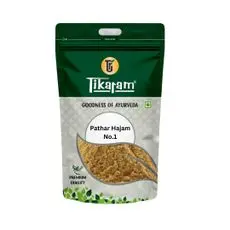Ayurvedic
13 Yrs of Exp.
Top Rated
 Where should we deliver your order?
Where should we deliver your order?
Agnimantha is a medicinal plant that has been utilised in traditional medical systems like Ayurveda and Traditional Chinese Medicine. It is also known as Premna herb or the Chinese fevervine.












